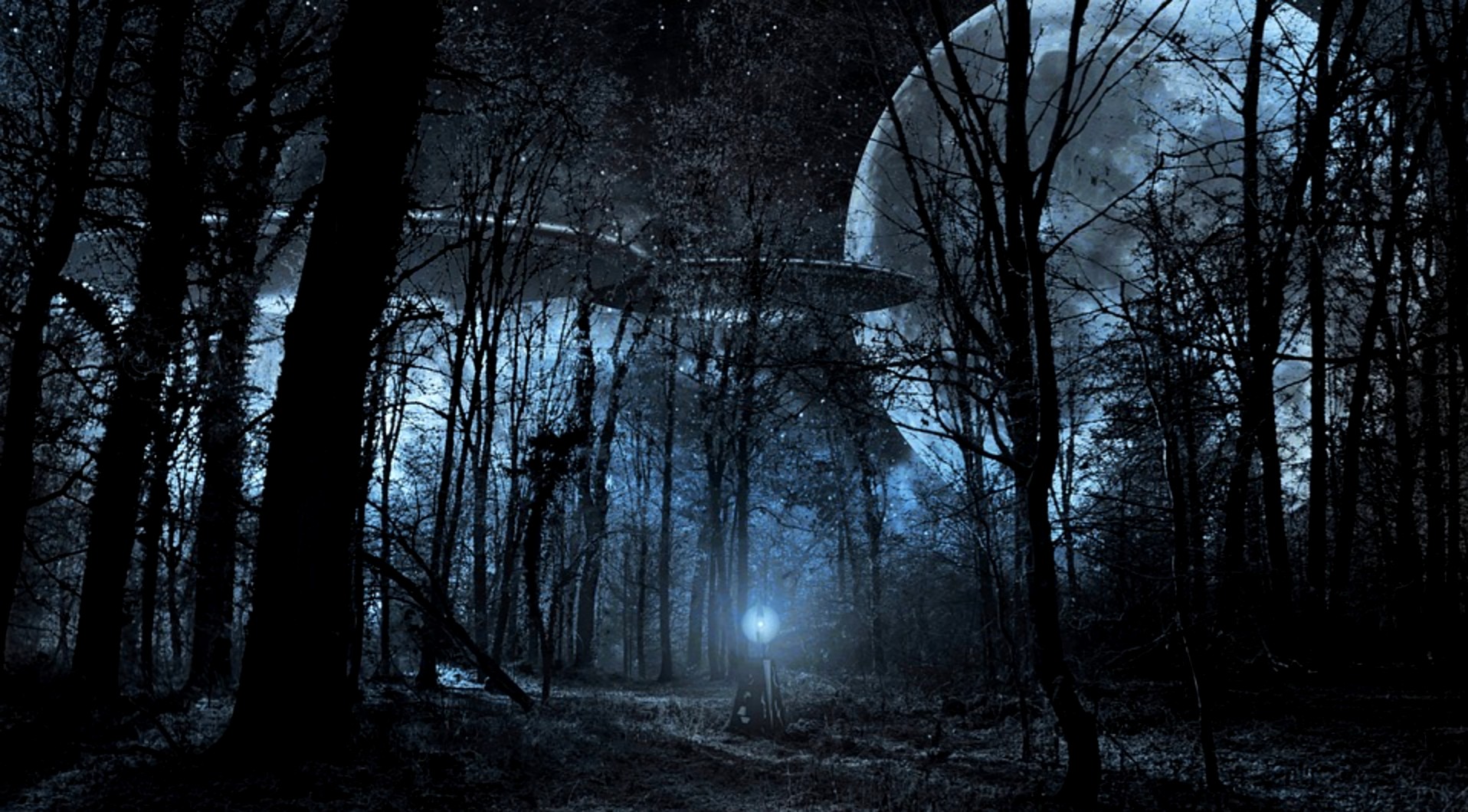
Source: Giza Death Star
by Joseph P. Farrell
October 23, 2018
This short article that was shared by Mr. K.B. is such a whopper doozie that it went right to the top of my “finals folder” for this week’s blogs. It’s one of those typically curt, but head spinning press releases from India’s Defence Research Wing. For those wanting an analogy, think of it as India’s version of the Diabolically Apocalyptic Research Projects Agency, or DARPA.(Ok, it may not be exactly DARPA, but you get the idea.) But back to the article: it’s not very long, but it manages to say a lot. And what it manages to say is this:
Now, you might have noticed that Chandrayaan-2 will be India’s second satellite mission to the Moon, and its first to incorporate a soft lander and an automated rover. Coincidentally, India is not saying (at least, as far as I know) where it plans to land it nor what its rover will be roving around looking for, but I suspect that we all know. It is India, after all, whose lore contains the occasional “odd little thing” like statements to the effect that “the old Moon broke,” and various other tantalizing suggestions. I don’t know about you, but I cannot envision the rich Vedic culture of the Ramayana and Mahabharata with all their extraordinarily suggestive references to ancient weapons of mass destruction, flying ships, and so on, not having as a covert component of its space program an element designed to go looking for confirmation of it.
Now, if suddenly the Chandrayaan-2 turns up with tiny holes drilled into it, preventing a proper launch, or proper functioning after launch because “someone” might not want the Indians to find out what they (possibly) want to find out, then that’s probably the same “someone” who seems to be drilling holes in Russia’s spacecraft and possibly sabotaging its launchers.
But that’s not today’s high octane speculation. It may seem like it, but it’s not.
And it’s perfectly clear that India probably is in a space race with China (Japan too), even though it says it’s not. Think of it rather like Britain and Germany both denying they were in a battleship race before World War One.
None of that is what really caught my eye. What caught my eye was the fact that the already short article said precious little about Chandrayaan-2 and a great deal about this:
…China, according to reports in the official media, is planning to put man-made moons in spade by 2022.As per reports in the Chinese media, Beijing has already conceived a man-made moon, which is expected to be realized in 2022. The Science and Technology Daily reported that China has plans for at least three man-made moons, which can reflect sunlight on to the pre-decided areas any time of the day.Reports quoted Wu Chunfeng, head of Tianfu New District System Science Research Institute in Chengdu… as saying “These three huge mirrors will divide the 360-degree orbital plane, realizing illuminating an area for 24 hours continuously.”He allayed fears of such a technology affecting the natural day-night cycle by saying that the illumination from these mirrors can be controlled. (Emphasis added)
I don’t know about you, but gosh, my fears are certainly allayed by this reassurance that the mirrors can be “controlled” and that the “areas” can be “pre-decided.”
NOT!
I’m sorry Mr. Wu, but “pre-decided” sounds like a euphemism for “targeted,” and the idea of building “controllable” mirrors in space sounds a little too much like that World War Two Nazi fantasy of building a large mirror in space to use sunlight as a weapon… sort of like that experiment we used to do as kids, taking a magnifying glass and focusing the sun’s rays to burn holes in leaves and start fires in a “pre-decided area” like… oh, say, California maybe? Or are you planning to melt the ice sheet on Antarctica and have a closer look at all that strange stuff down there? And golly, could “controllable” here be another euphemism for “optical phase conjugation” that is able to focus sunlight and minimize atmospheric dispersion effects? (Sunspot, NM anyone?)
In short, I don’t think this has anything to do with providing more “sunlight” for vitamin-d deficient populations, nor with daylight savings time. This isn’t a gift.
I fear this is a weapon.
And I suspect, strongly, that India, home of the Ramayana and Mahabharata, and their strange reference to ancient exotic weapons (not to mention China’s own native tradition of the dreaded “yin-yang mirror”), is entertaining similar thoughts as I.
Quietly, of course…
See you on the flip side…

Truth Comes to Light highlights writers and video creators who ask the difficult questions while sharing their unique insights and visions.
Everything posted on this site is done in the spirit of conversation. Please do your own research and trust yourself when reading and giving consideration to anything that appears here or anywhere else.










